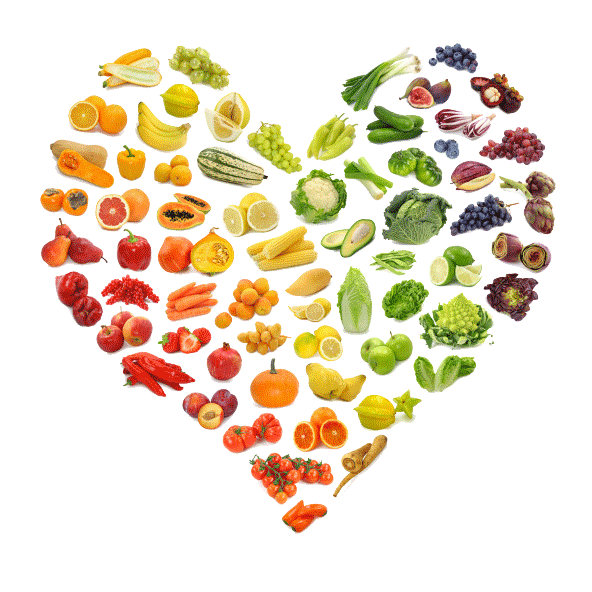Best Practice for washing Fruits and Vegetables before eating.
- John

- Mar 27, 2024
- 2 min read
Updated: Apr 8, 2024
Washing fruits and vegetables is an effective way to reduce the residues of pesticides and remove dirt, bacteria, and other contaminants. Here are some methods and tips to clean your produce more effectively:

1. Water Rinse
Simple Rinse: Rinse your fruits and vegetables under running tap water for 30 to 60 seconds to remove a significant amount of pesticides and microbes. Use a brush for firm produce like apples, carrots, and potatoes.
Soaking: For items with nooks and crannies, like broccoli or lettuce, soaking in cold water for a few minutes can help remove pesticides and dirt. Then, rinse them under running water.
2. Vinegar Solution
Mixture: Mix a solution of 1 part vinegar to 3 parts water. This is more effective than water alone for removing bacteria and pesticides.
Soaking: Soak your produce in the vinegar solution for a few minutes, then rinse thoroughly with clean water. Vinegar can leave an aftertaste, so ensure you rinse well.
3. Baking Soda Bath
Solution: A study found that a baking soda solution (about 1 teaspoon of baking soda in 2 cups of water) can remove certain types of pesticides effectively when soaking produce for 12-15 minutes.
Rinse After: After soaking, rinse the produce thoroughly with clean water to remove any residue of baking soda.
4. Peeling
Remove Skin: Peeling fruits and vegetables can remove pesticides that are on the outer layer, but this also means you'll lose some of the fiber and nutrients contained in the skin.
Wash Before Peeling: It's still recommended to wash produce before you peel it to prevent dirt and bacteria from transferring from the skin to the flesh when you cut it.
5. Commercial Washes
Store-Bought Cleaners: There are commercial produce washes available, but research indicates that they're not necessarily more effective than plain water. If you choose to use these, follow the instructions on the label.
6. Drying
Pat Dry: After washing, pat the produce dry with a clean cloth or paper towel. This can help remove any remaining pesticides or microbes.
Best Practices
Always Wash: Wash all produce, even if you plan to peel it.
Wash Hands First: Ensure your hands are clean before handling fresh produce to avoid transferring contaminants onto them.
Avoid Soap: Don't use soaps or detergents on produce. They can leave residues that aren't intended for consumption.
While washing can significantly reduce pesticides and contaminants, it may not remove them entirely. For those particularly concerned about pesticide exposure, consider buying organic produce for the items known to have higher pesticide residues, often referred to as the "Dirty Dozen" by the Environmental Working Group (EWG).







Comments